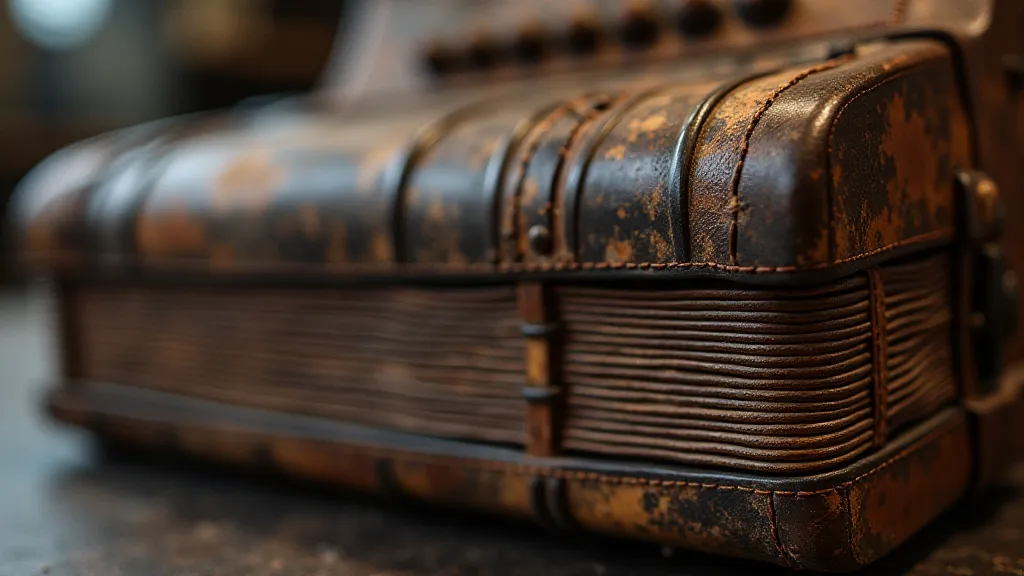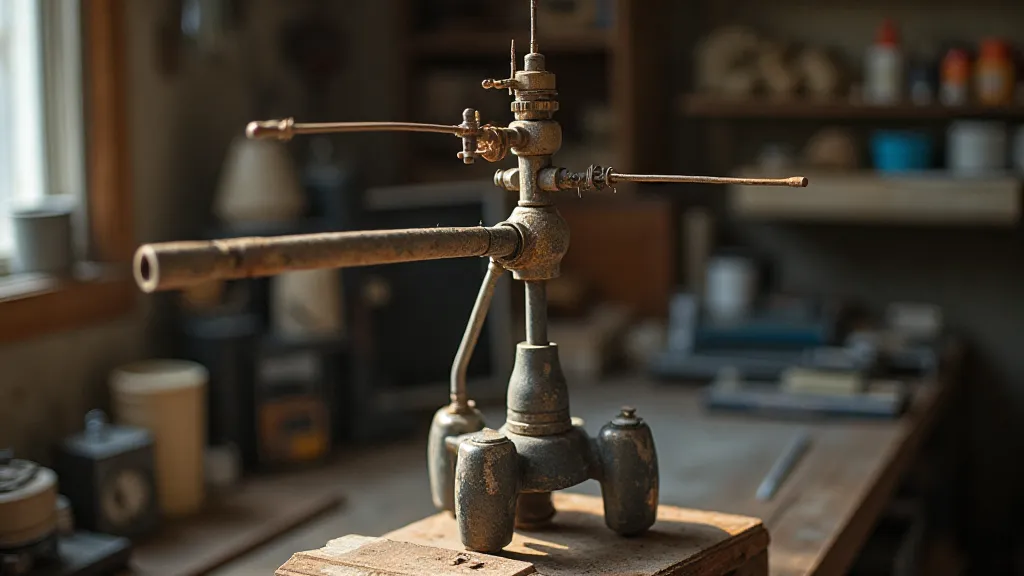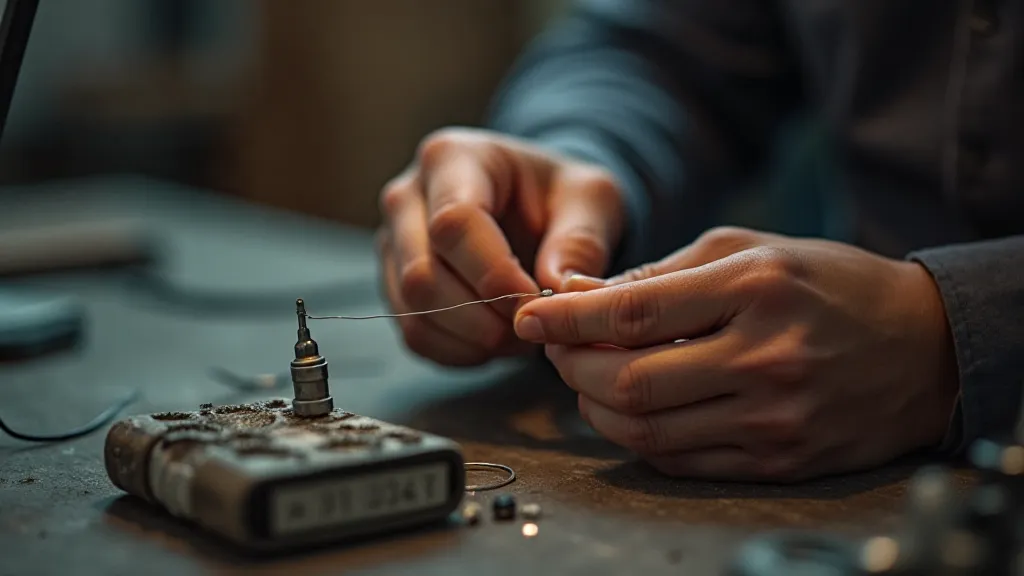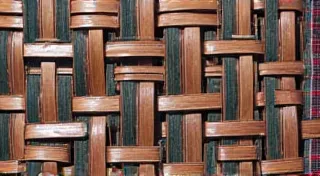Resonance and Rupture: Antenna Material Science for the Amateur
There's a peculiar beauty in the imperfections of the past, a truth acutely realized when you hold an antique accordion in your hands. The slight warble of the reeds, the patina on the bellows, the faint smell of aged wood—these aren't flaws; they're echoes of a craftsman’s dedication, a testament to time and use. Just as an accordion relies on precisely tuned components to produce harmonious sound, an antenna depends on material science to radiate signals efficiently. While copper and aluminum often dominate the amateur radio landscape, venturing beyond these familiar choices reveals a richer, more nuanced world of antenna building, a world where understanding material properties can unlock surprising performance gains, or unexpected failures.
My grandfather, a silent radio operator during wartime, instilled in me a reverence for both the technology and the ingenuity that underpinned it. I remember him painstakingly cleaning his equipment, meticulously caring for each component. He rarely spoke about the war itself, but I’m certain the resilience of those early radios, often pieced together from salvaged materials, mirrored the resilience of the people relying on them. He’s the one who first showed me an old, corroded copper wire antenna, explaining how even slight degradation could drastically impact signal strength. It wasn’t just about the metal itself, he emphasized, but its interaction with the environment.
The Familiar: Copper and Aluminum – A Foundation of Choice
Let’s start with the basics. Copper's excellent conductivity and relatively easy workability make it a natural choice. It’s readily available, relatively inexpensive, and can be soldered easily. Aluminum, being lighter and just as conductive, is prized for its low weight and often used in higher-gain antennas. Both are generally resistant to corrosion, although copper will tarnish and aluminum can experience pitting, especially in coastal environments. The ease of fabrication is a key advantage – bending, shaping, and soldering these materials is straightforward, making them ideal for first-time antenna builders.

Beyond the Standard: Exploring Less Common Materials
But what about stepping outside the well-trodden path? Silver, for instance, possesses even higher conductivity than copper, but its cost is a significant barrier. It’s occasionally used in critical antenna elements where every micron of efficiency matters. Beryllium copper, an alloy of copper and beryllium, combines excellent conductivity with high strength, making it suitable for constructing robust, self-supporting structures. It’s frequently used in connector components, but its cost and toxicity (requires specific handling procedures) generally preclude its widespread use in full-sized antennas.
Then there are the more unconventional choices. Steel, surprisingly, can be used, especially in ground plane systems. It's readily available and inexpensive, but its conductivity is considerably lower than copper or aluminum. It is also extremely prone to rust. Any steel antenna needs to be rigorously protected from the elements – a task often easier said than done. Brass, another copper alloy, offers reasonable conductivity and is relatively easy to work with. It’s sometimes found in older antenna designs.
Corrosion: The Silent Enemy
Corrosion is the single biggest challenge for any antenna material. It's not just about the material *losing* metal; it's about the formation of corrosion products, which dramatically increase resistance and impede signal flow. Coastal areas are particularly brutal, with salt spray accelerating corrosion. Industrial environments, with airborne pollutants, pose similar threats. Even seemingly benign humidity can contribute to degradation over time.
Consider the differences. Copper’s tarnish, while unsightly, is relatively benign. It’s primarily copper oxide, which increases resistance slightly but doesn’t fundamentally compromise the antenna’s structural integrity. Aluminum, on the other hand, can develop pitting corrosion, creating small holes that weaken the metal and disrupt the antenna's resonant frequency. Stainless steel, a popular choice for many applications, offers improved corrosion resistance compared to carbon steel, but it’s still not impervious to attack, especially in harsh environments.
RF Principles and Material Impact
Understanding the basics of radio frequency (RF) principles is crucial for appreciating how material properties affect antenna performance. Resonance is key. An antenna isn's just a piece of wire or metal; it’s a precisely tuned circuit. Changes in resistance, even seemingly minor ones caused by corrosion, can shift the resonant frequency, reducing efficiency and altering the antenna’s radiation pattern. The skin effect, where RF currents tend to flow near the surface of a conductor, further complicates matters. A corroded surface increases the effective resistance of the antenna, reducing its efficiency.
Material losses, another factor, represent the energy dissipated as heat within the antenna. Higher conductivity means lower material losses. A poorly chosen material, or a poorly maintained antenna, can waste significant power, reducing the signal’s reach. These losses are often subtle but critically important when building high-performance antennas.
Craftsmanship and Restoration – Lessons from the Past
Restoring old accordions provides a fascinating parallel to antenna building. Just as a skilled accordion restorer meticulously cleans, repairs, and replaces worn components to bring a neglected instrument back to life, an amateur radio enthusiast can revive a neglected antenna. The process requires patience, a keen eye for detail, and a willingness to learn from the past. The care taken in choosing replacement materials – sourcing aged leather for bellows, matching the original wood species – mirrors the effort required to select the right metal for an antenna element.

Examining antique antennas often reveals ingenious solutions to material limitations. You might find sections of brass tubing spliced into a steel wire to improve conductivity, or carefully applied coatings to protect against corrosion. These practices offer valuable insights for modern antenna builders, encouraging experimentation and innovation. It's a testament to the ingenuity of past radio operators, driven by the need to communicate across vast distances with limited resources.
Beyond Copper and Aluminum: The Future of Amateur Antennas
While copper and aluminum remain the workhorses of the amateur radio world, the exploration of alternative materials continues. The rise of 3D printing opens up new possibilities, allowing for the creation of complex antenna structures using materials like specialized alloys and even conductive polymers. Graphene, with its extraordinary conductivity and strength, holds immense potential, although its high cost currently limits its practical applications. As technology advances, we can expect to see even more innovative materials and construction techniques emerge, expanding the possibilities for amateur antenna building.
Ultimately, the choice of materials for an antenna depends on a complex interplay of factors: performance requirements, cost, environmental conditions, and personal preference. Understanding the principles of material science, appreciating the lessons of the past, and embracing a spirit of experimentation are key to building antennas that resonate with both performance and passion.






